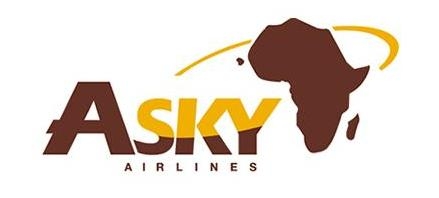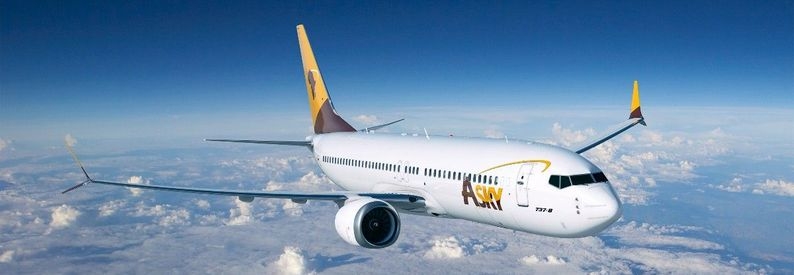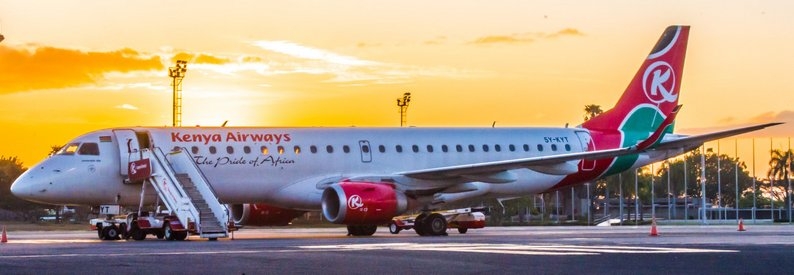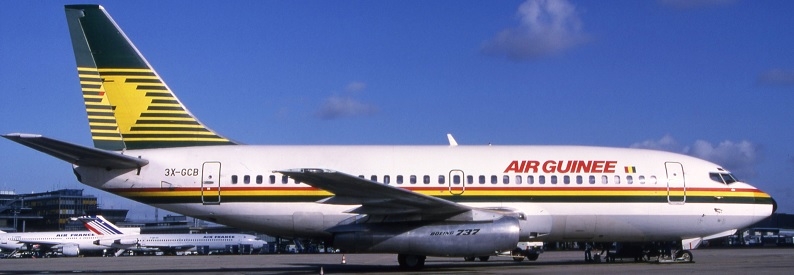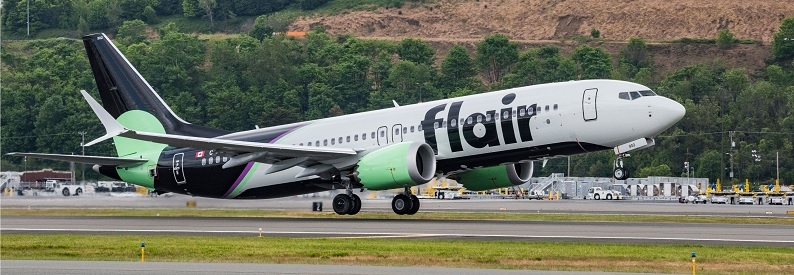ASKY Airlines (KP, Lomé) says it is open to offers from investors and organizations interested in acquiring a stake in the carrier. Last week, South Africa's BusinessDay newspaper claimed SAA had considered acquiring a stake in the Togolese carrier with plans to relocate its hub from Lomé to Accra.
“Any purchase of shares is highly welcome by any individual or organization,” ASKY spokeswoman, Traoré Afsath, told Bloomberg newswire, concerning the report.
SAA is now reportedly in talks with Ethiopian Airlines (ET, Addis Ababa International), which owns a 40% stake in the Togolese-based airline.
Established in 2009, ASKY is a profitable joint venture between Ethiopian Airlines and various West African banks and private investors. Serving over 23 destinations scattered throughout West and Central Africa, the carrier has now set its sights on launching long haul flights with Johannesburg O.R. Tambo and Beirut flights on the cards.
For its part, the struggling South African national carrier has pointed to an increased African presence as the panacea to its financial woes. As part of its latest turnaround strategy - its ninth - SAA says an increased West and Central African presence will allow it to compete more effectively with its fellow African rivals Kenya Airways (KQ, Nairobi Jomo Kenyatta), Ethiopian, EgyptAir (MS, Cairo International), and Royal Air Maroc (AT, Casablanca Mohammed V).
However, the carrier's record in the joint-venture department has been less than stellar.
In 1995, SAA, in conjunction with the Tanzanian and Ugandan governments, their respective national carriers Air Tanzania (TC, Dar es Salaam) and Uganda Airlines (1976) (Entebbe), and various private east African investors, moved to establish a new long-haul carrier Alliance Air (Uganda) (Entebbe), which offered flights between Europe and East Africa using a leased SAA B747SP. The venture collapsed just four years later having racked up debts totalling USD50million.
Then, in 2002, SAA acquired a 49% stake in Air Tanzania only for that venture to collapse in 2006 again on the back of heavy sustained losses.
